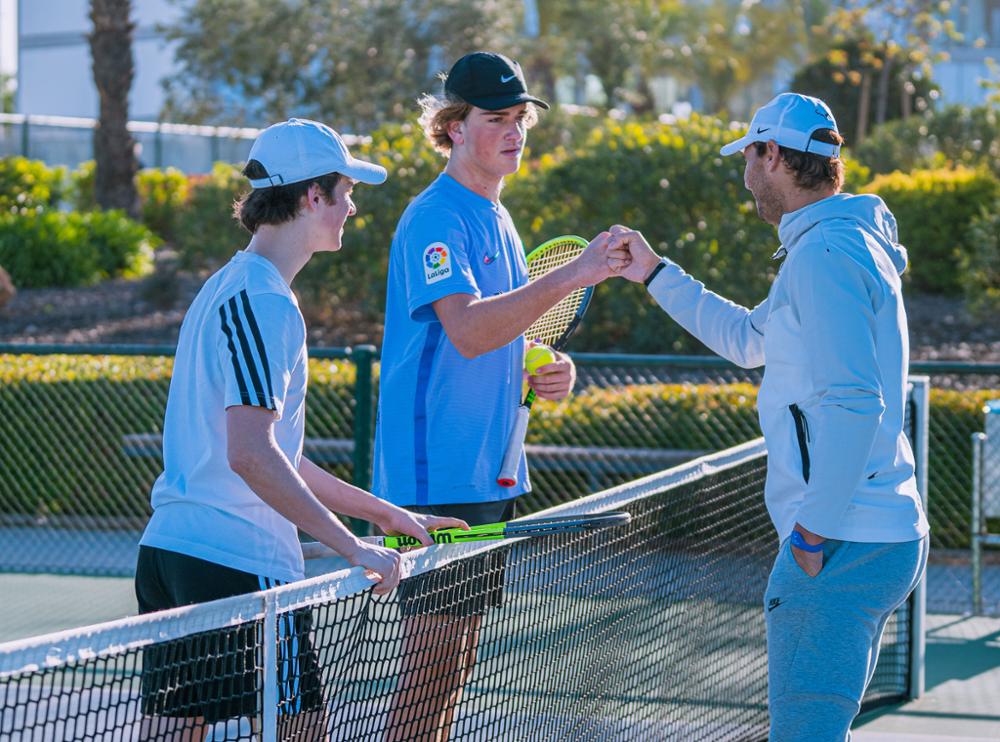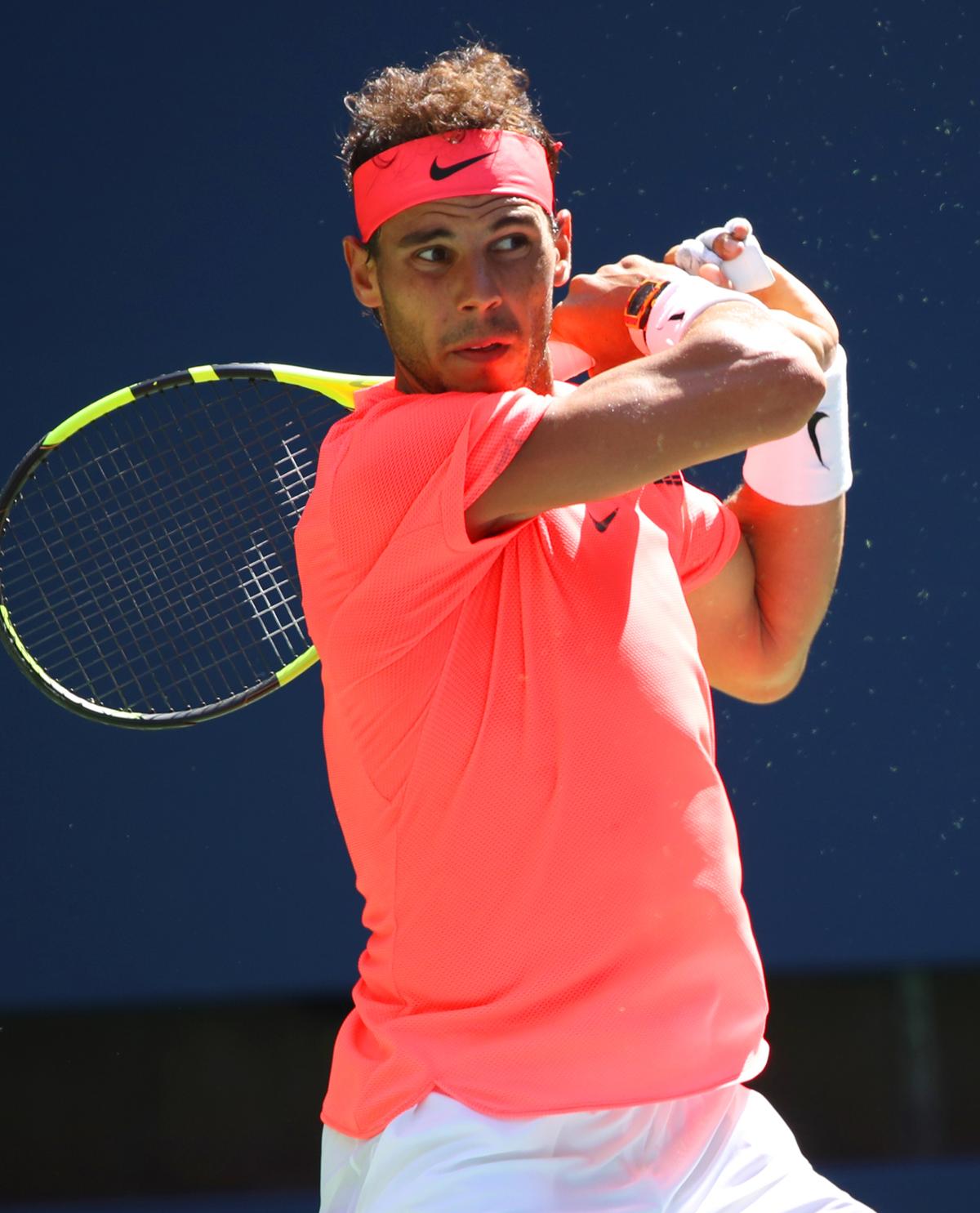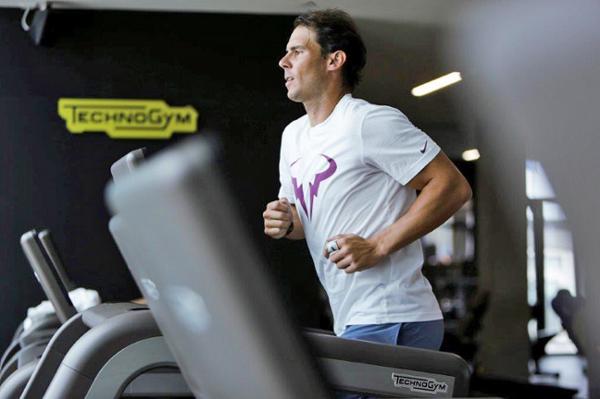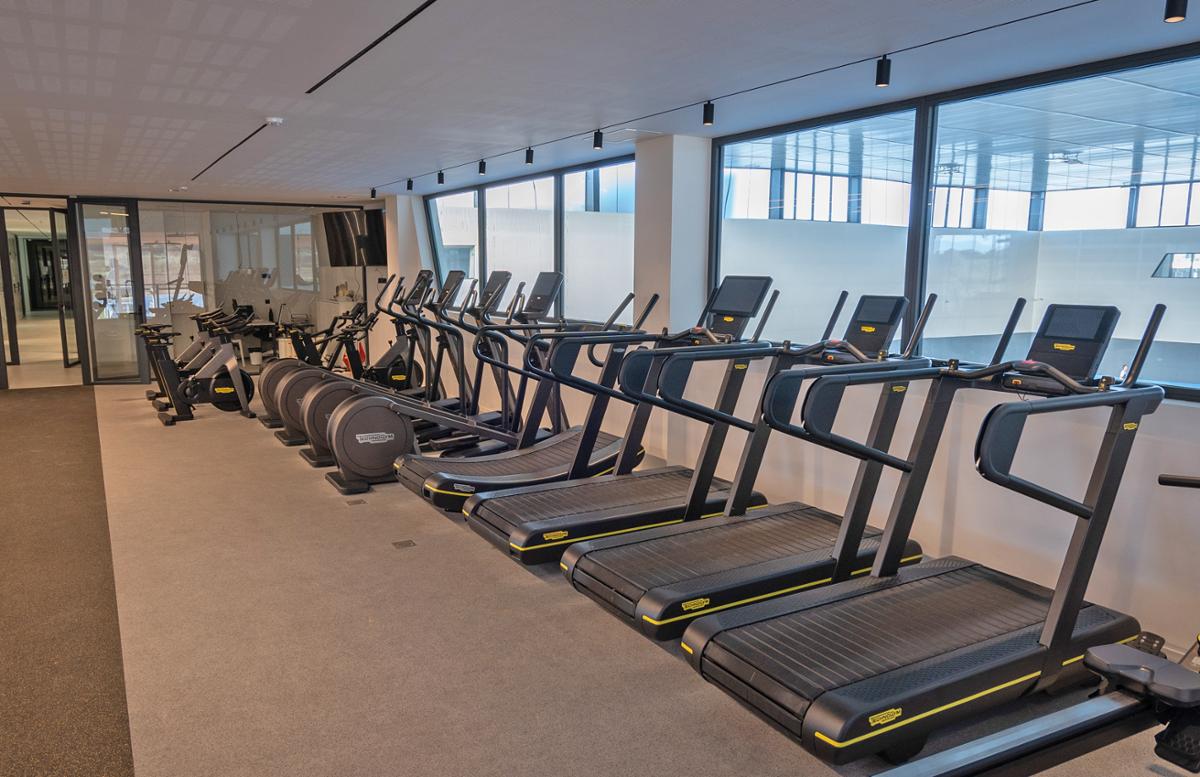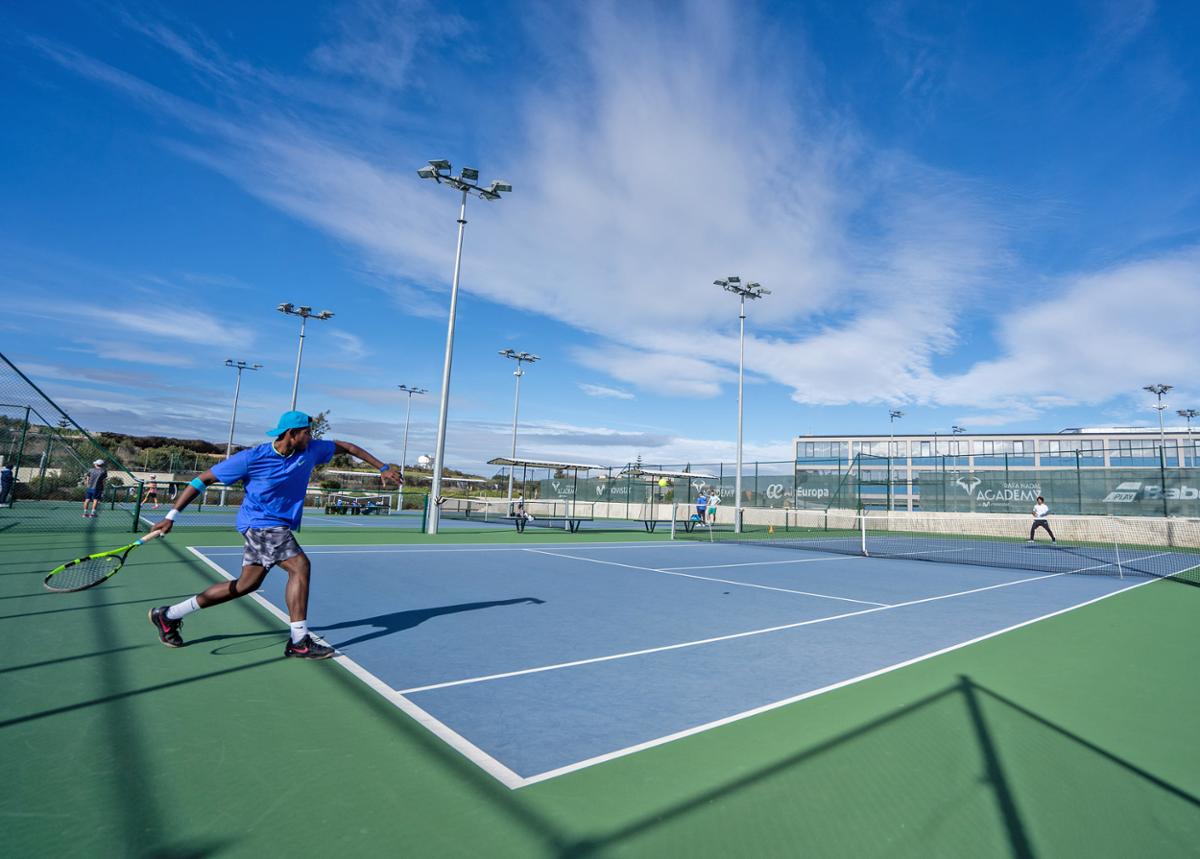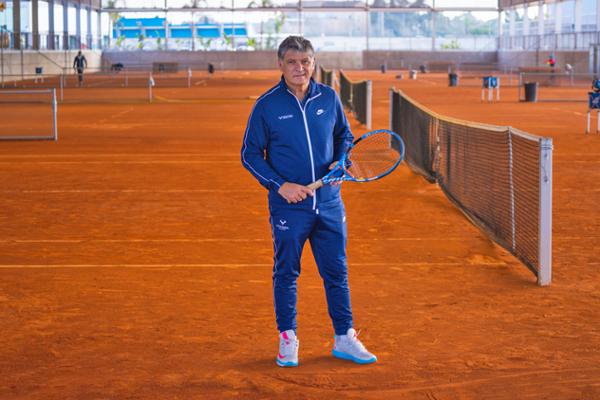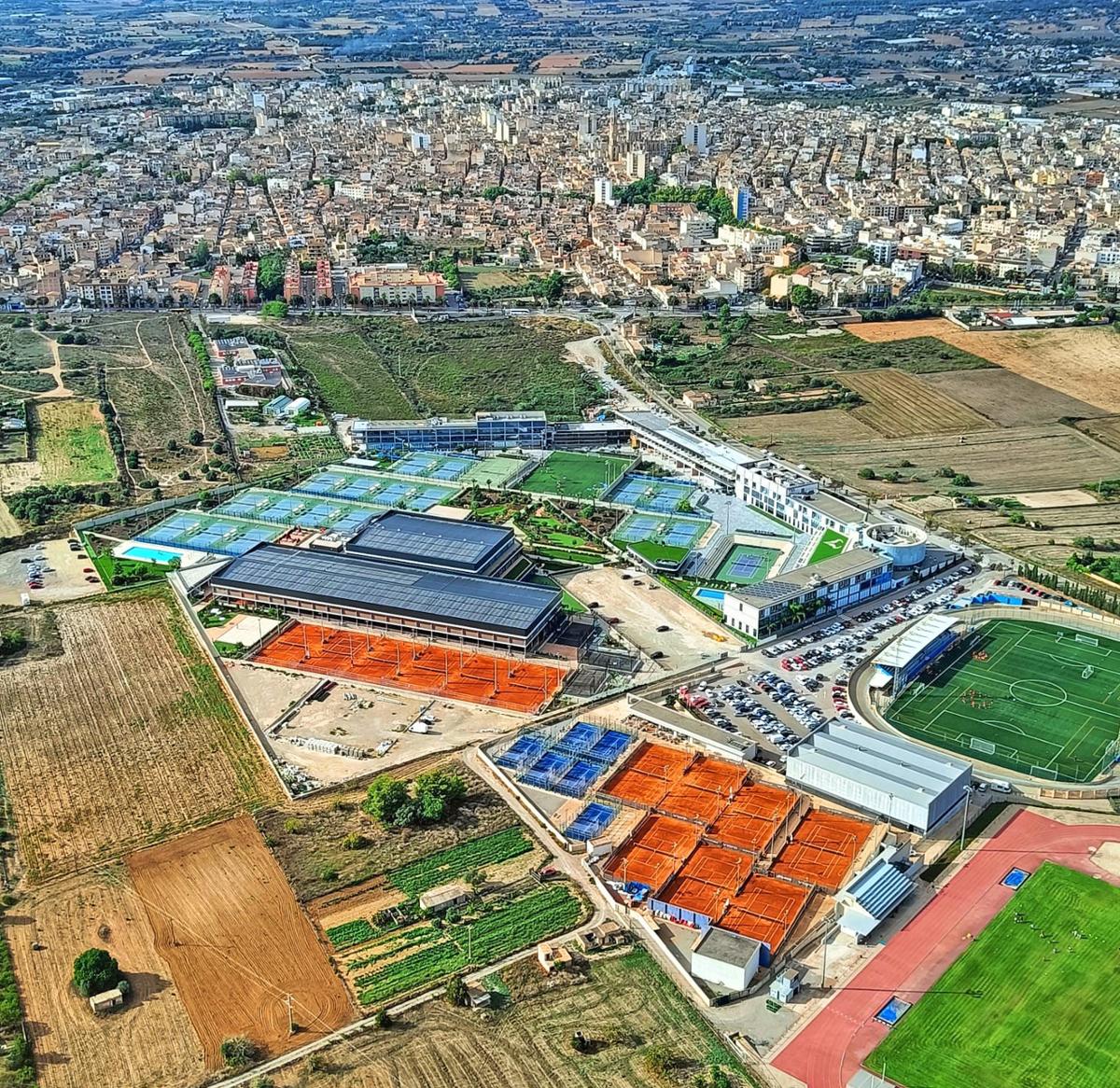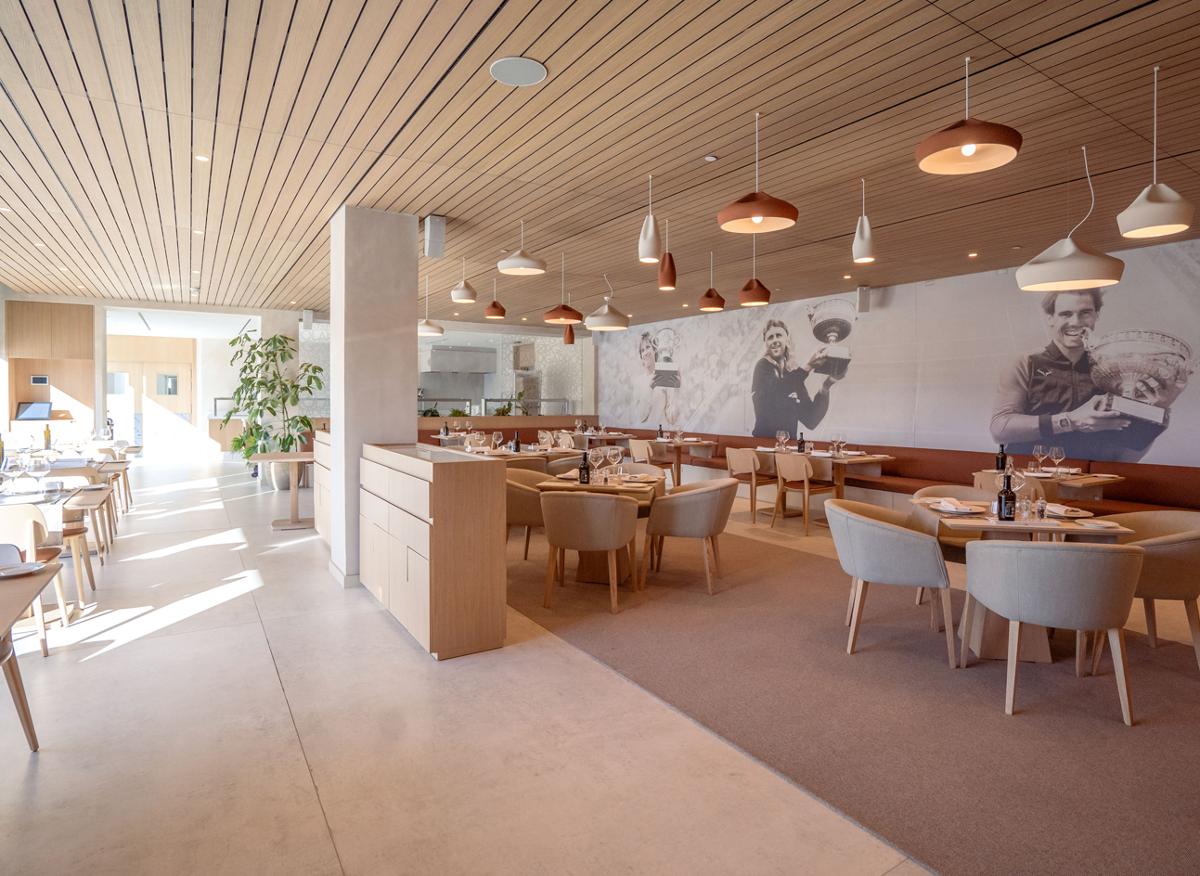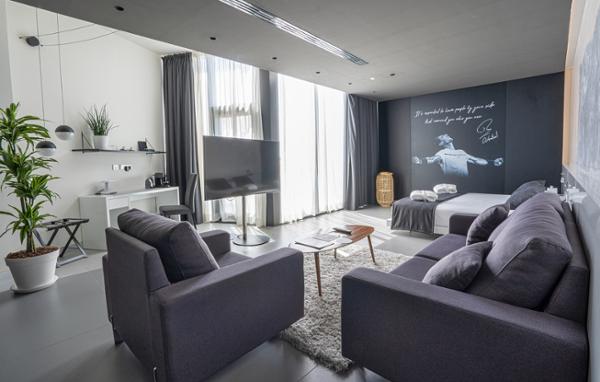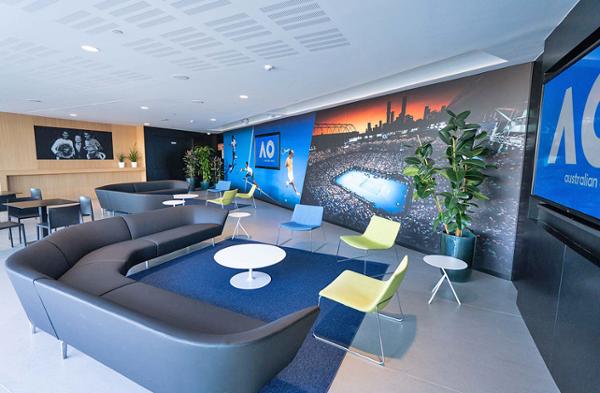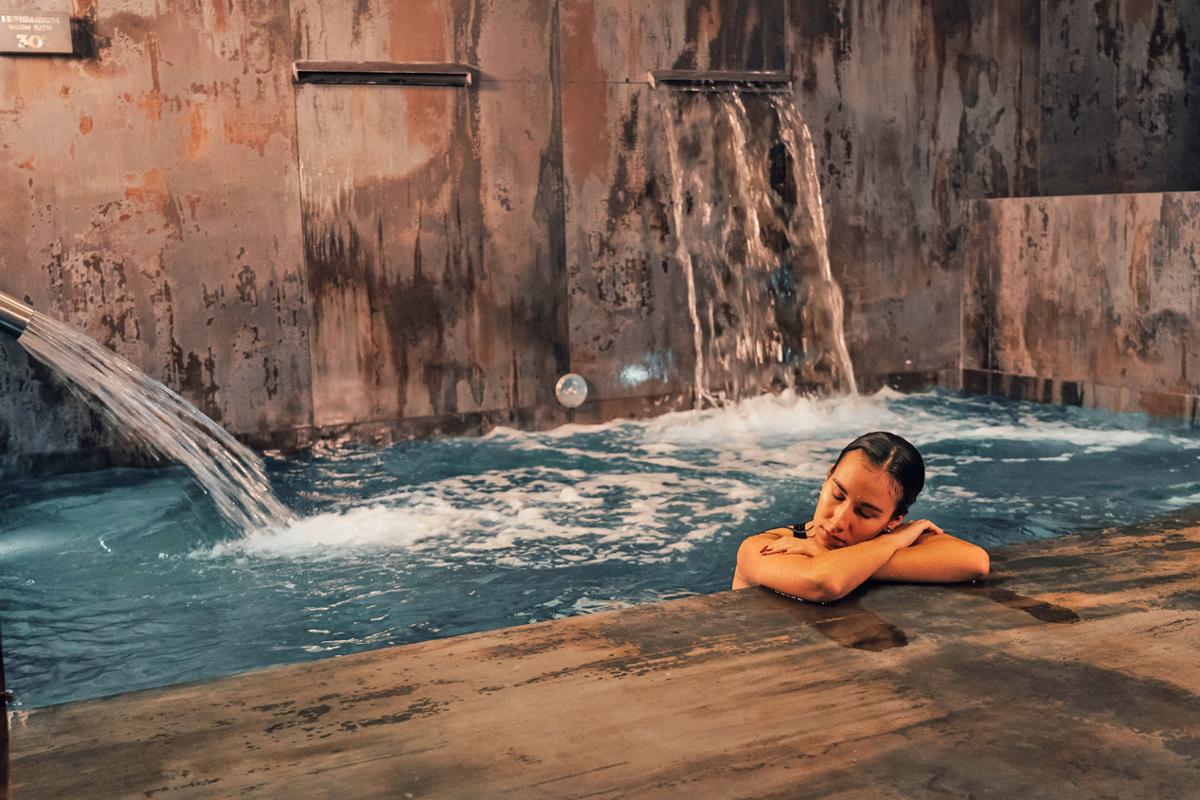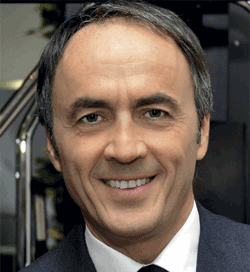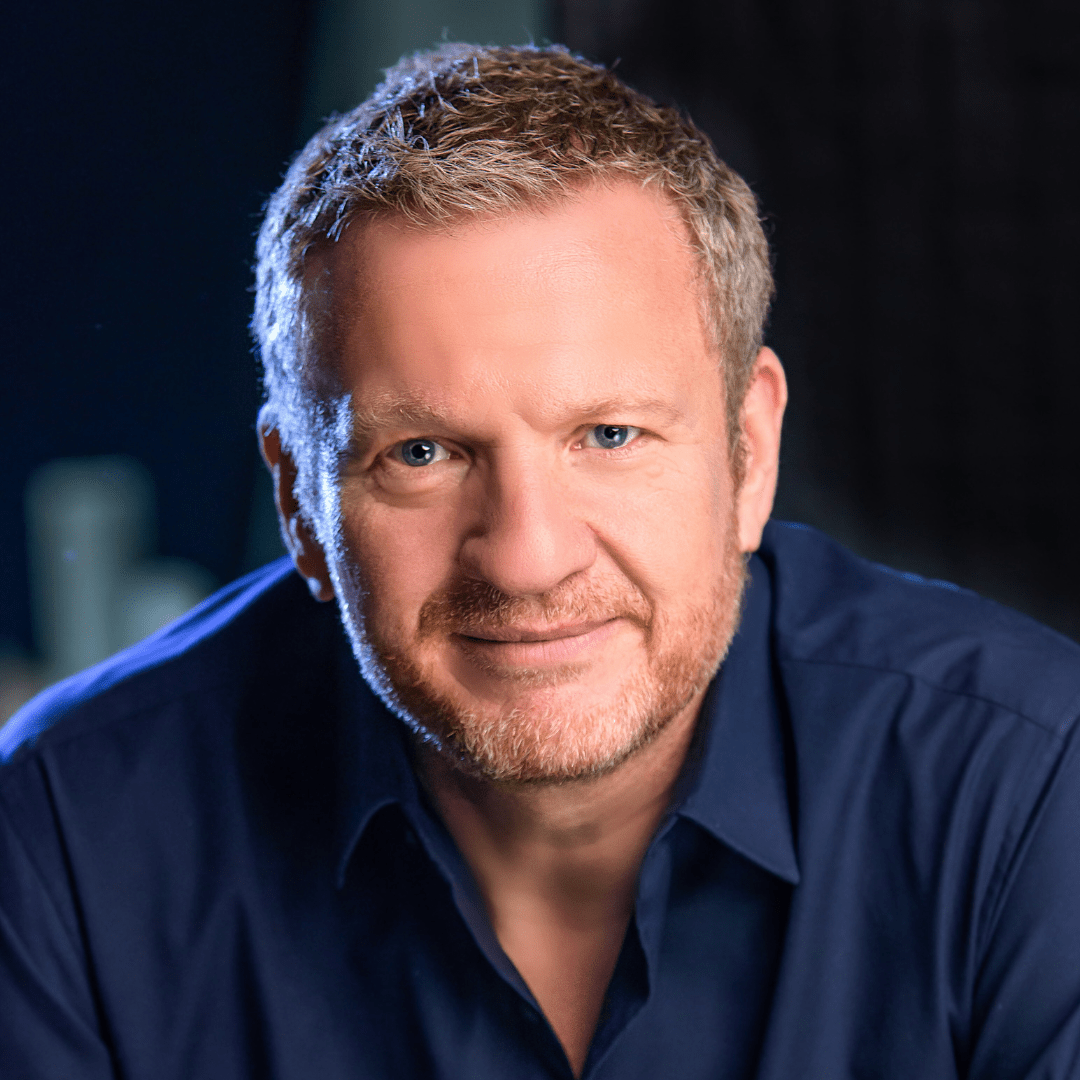Drive towards the town of Manacor on the east coast of Mallorca and you can’t fail to notice the familiar face of Rafa Nadal, as he smiles down at you from flags, banners and billboards lining the approach roads for miles around.
This much-loved son of the once sleepy town has brought top flight tennis to its door, with a series of investments in the Rafa Nadal Academy by Movistar, a sprawling metropolis of sport and wellbeing located on the outskirts of the town.
Nadal recalls living a frantic existence growing up in Manacor, as he and his family navigated the development of his tennis career alongside his education.
“I remember times when my parents had to drive the whole weekend for tournaments and then during the week going to ‘normal’ school and having tennis practice between hours. The days were very hard,” he says.
“When I was 13 I went to school from 9.00am to 12.00 noon, played tennis from 12.00 noon to 2.00pm and then went back to school from 3.00pm to 5.00pm. Then it was sport from 5.00pm to 7.00pm and then a lot of times I would go back to tennis from 7.00pm until 9.00pm, before going home to have a shower and dinner and then doing homework. I was so tired.”
As an adult with a multi-million dollar fortune under his belt from decades of top flight tennis, Nadal resolved to do something about this for the next generation, creating the masterplan for a tennis academy where children could train and study in a seamless and stress-free way, following the protocols he and his coaches had developed to drive his own success.
The Rafa Nadal Foundation
In 2008, the Rafa Nadal Foundation was established to support disadvantaged children – an indication of Nadal’s intention to make a difference – and by 2014, the blueprint for the academy was completed, with a large site having been acquired for the development on the outskirts of Manacor and plans laid to build in phases, with enough room for growth.
Construction of phase one – designed by architect David Iglesias of Texas-based PBK Architects – began on 4 November 2014, with the 24,000sq m complex taking two years to complete and costing a reputed US$25m.
The academy opened on 19 October 2016 with everything needed to train from novice to professional, including a sprawl of indoor and outdoor tennis courts in multiple surfaces including (of course) clay, a hydrothermal spa for recovery, a huge gym fitted out by Technogym, studios offering Les Mills classes and indoor and outdoor swimming pools.
Also on site, a hotel and restaurants for visiting players and training camps, a retail space selling stylish Rafa Nadal gear for all ages and an interactive museum – the Rafa Nadal Xperience – to entertain and educate visitors who enjoy a collection of everything from tributes and trophies to VR experiences.
The heart of the purpose
Although the academy offers a wide range of courses, competitions and training camps for adults, one of its core purposes is to enable children and young people of school age to study and train, with the on-site bilingual Rafa Nadal International School supporting those who want to develop their tennis career while also enjoying a world class education.
Nadal, who started training for tennis aged 12 says: “When I was a kid I experienced how tough it is for parents when children try to become professional tennis players without having the advantage of a centre or an academy where you have everything together.
“At the Rafa Nadal Academy by Movistar we put everything together so kids have the best facilities possible in all ways to help them develop their talents.
“Education is very important to prepare them for the future,” says Nadal, “whether this turns out to be university or wherever else they decide to do.
“We also have a medical centre,” he explains, “because when you’re practising sport at the highest level there’s always a risk of injury, so we have physiotherapists and doctors, as well as coaches with amazing experience of the professional tennis tour – the kids are in the best hands in terms of preparation.”
Nadal is passionate about his hometown and living near lifelong friends and family and the decision to develop the academy on his doorstep chimes with this. “I have no interest in becoming a tax exile and living somewhere I don’t want to,” he says. “I just want to be at home with my family.”
The local community has not been overlooked and in addition to employing more than 300 local people, Nadal says the academy has a clear commitment to serving Mallorcans, who can work out alongside the athletes at the Rafa Nadal Sports Centre, enjoying the 3,000sq m gym, a CrossFit-style gym and a range of instructor-led classes and activities, as well as aqua fitness classes in the pool.
Locals also have access to the Roland Garros restaurant and the wellness and spa centre every day of the week, while the Rafa Nadal International School is open for all students who wish to be educated in Mallorca, without the need to take a tennis course.
The academy expands
Following the successful launch of the academy, Nadal’s team had the second phase on-site by 2021 with the new development enabling the academy to add to the 80 places available for sports tourism, giving the complex a total of 214 spaces against the previous 134. Supervised places for young players at the academy remain the same at 140.
In addition, seven clay tennis courts have also been added to better support tournaments and training, bringing the total to 19 outdoor hard courts, 15 clay courts, four indoor hard courts, seven covered clay courts, seven outdoor and six indoor padel courts, a football pitch and two squash courts.
The expansion has allowed the academy to consolidate its position as one of the main economic drivers in the area by increasing the number of direct and indirect jobs via local companies that worked on the project.
Holistic wellbeing
Now also on offer at the academy in Manacor are a number of wellness interventions in partnership with the Quiron Salud Sports Clinic, which is part of the Quirón Salud Hospital Group.
Professionals available to work with players (and local people needing support) include experts in general medicine, sports medicine, sports traumatology, sports cardiology, sports nutrition, physiotherapy and re-adaptation. In addition, the academy has state-of-the-art technology for the detection of injuries and the application of advanced sports physiotherapy techniques, with the aim of delivering a comprehensive and multidisciplinary offering.
Other services available from the Quiron Salud Sports Clinic include a suite of ‘Health Pack’ programmes – the Prevention Pack, Basic Health Pack and Premium Health Pack, Cryotherapy Pack and Recovery Pack.
The Premium Health Pack is the most comprehensive package on offer. During a week-long stay, sports medicine professionals analyse the client’s health status through a complete examination, including resting ECG and spirometry, with the aim of ruling out possible cardiac and/or respiratory risk factors.
A cardiopulmonary exercise test is then used to holistically study the body’s response to exercise.
Following that, specialised nutritionist Gemma Bes carries out a cine-anthropometric and personalised nutritional study and recommends an optimum diet, while physiotherapists work on the detection and prevention of potential injuries that might result from playing sports, by undertaking a complete physical examination of the client, following which recommendation are given for advanced physiotherapy treatments.
The week also includes a number of cryotherapy treatments and sports massages.
Global growth
The academy in Manacor – Nadal’s passion project – was the first stage of an ambitious plan to develop a global network of facilities offering opportunities for sport, wellness and health.
A second academy opened in Kuwait on 5 February 2020 at the Sheikh Jaber Al-Abdullah Al-Jaber Al-Sabah Tennis Complex in partnership with Tamdeen Group.
The Kuwait academy, with 15 indoor and outdoor tennis courts, is part of the 360 Project, Kuwait’s first mixed-use retail, office, leisure and sports destination, which includes 130,000sq ft of retail, a 300-bed Grand Hyatt Hotel, and a 5,000 capacity arena.
Complementing the academies in Mallorca and Kuwait are developments which are being undertaken using a different but complementary model.
Called Rafa Nadal Tennis Centres, the concept was first developed in 2018 to deliver tennis in international holiday resorts and tourism destinations and offer training and coaching programmes for adults, young people and children.
Nadal opened the first of these in partnership with the Palladium Group in Costa Mujeres Mexico in 2019. The centre is located at the Gran Palladium and TRS Coral Resort and has eight clay courts, a seven-a-side football pitch, padel tennis, sports retail and a cafe bar. It also has a local version of the Rafa Nadal Museum Xperience in Manacor, which captures the highlights of Nadal’s sporting career.
In summer 2019 a second centre opened, located at the five-star Sani Resort in Haldikiki, Greece and in 2022, a third launched at the Hong Kong Golf and Tennis Academy, with seven outdoor courts and one indoor, mini tennis, a large gym and a sports store.
Specialist training
All Rafa Nadal Tennis Centres and academies offer tennis coaching and fitness programmes and protocols developed using an exclusive training system based on the successful experience of Rafa Nadal and his coaches over decades on the professional tour.
These include a wide range of sports psychology interventions supporting player’s resilience, as well as physical conditioning and recovery.
The physical preparation offered by the academies and centres is organised around two pillars – coordination and injury prevention.
“Coordination creates the foundations from which athletes can make the impossible possible, the possible easy and the easy elegant,” say Nadal’s coaches.
This training includes balance, responsiveness, changes of pace and direction and footwork which are all worked on in the gym and also in training sessions using drills and tasks developed and based on game play.
Injury Prevention is vital, as tennis is an asymmetrical, aggressive sport that causes imbalances between muscles and joints. Preventive training seeks to minimise these risks by working on joint mobility exercises, stretching the muscles which have a tendency to shorten in order to ease tensions, and strengthening the stabilising muscles of the joints, including rotators and deep back muscles.
Nadal’s regime
Nadal himself trains six days a week for up to six-and-a-half hours every day in the off-season, four on-court and the rest in the gym or the pool.
His workout includes a long warm-up and stretching with his physio, Rafael Maymó, strength and flexibility work and balance training using a wobble board. Exercises in the pool include running waist deep to take the pressure off his knees and – of course – much of this training takes place at the academy.
More: www.rafanadalacademy.com








